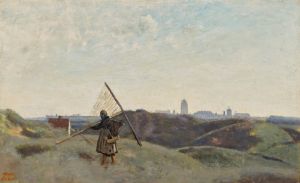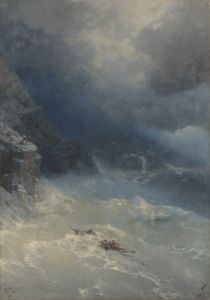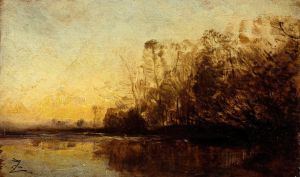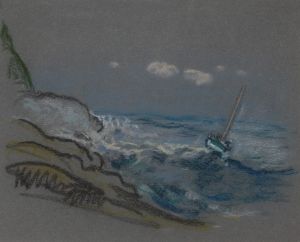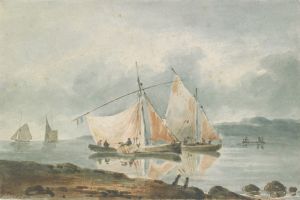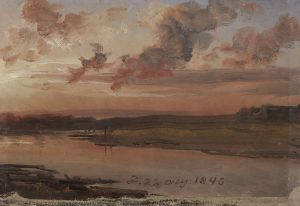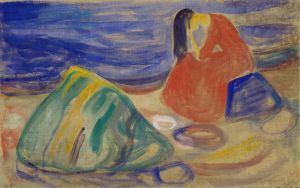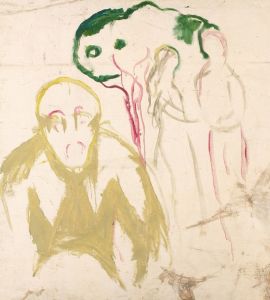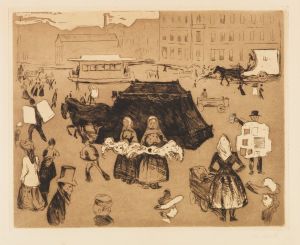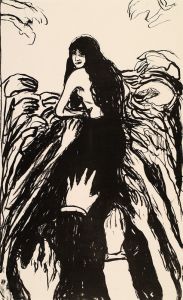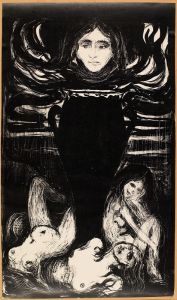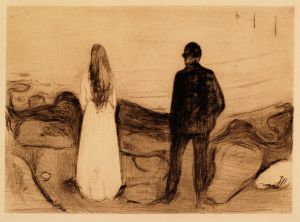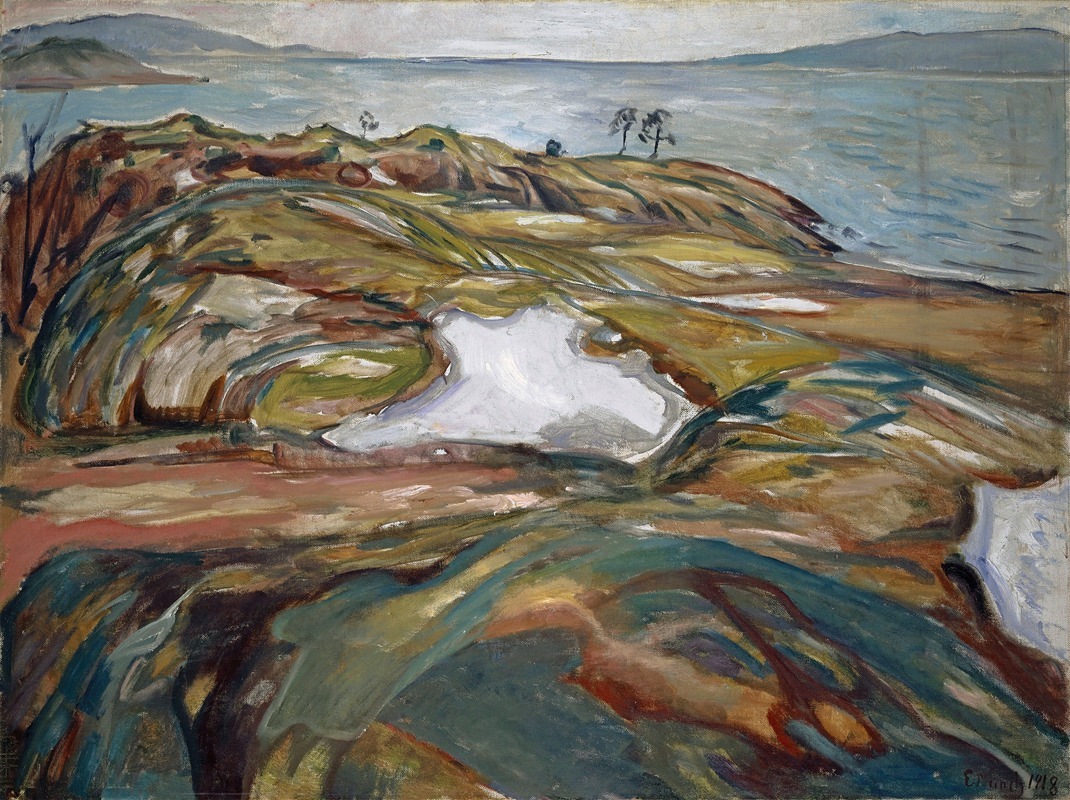
Coastal Landscape
A hand-painted replica of Edvard Munch’s masterpiece Coastal Landscape, meticulously crafted by professional artists to capture the true essence of the original. Each piece is created with museum-quality canvas and rare mineral pigments, carefully painted by experienced artists with delicate brushstrokes and rich, layered colors to perfectly recreate the texture of the original artwork. Unlike machine-printed reproductions, this hand-painted version brings the painting to life, infused with the artist’s emotions and skill in every stroke. Whether for personal collection or home decoration, it instantly elevates the artistic atmosphere of any space.
"Coastal Landscape" is a painting by the renowned Norwegian artist Edvard Munch, who is best known for his iconic work "The Scream." Munch was a pivotal figure in the Symbolist movement and had a significant influence on German Expressionism in the early 20th century. His work often explored themes of existentialism, love, anxiety, and death, reflecting his own personal experiences and emotional states.
"Coastal Landscape" is one of Munch's many works that depict natural scenes, showcasing his deep connection to the Norwegian landscape. The painting captures a serene coastal scene, characterized by its vivid colors and expressive brushstrokes, which are hallmarks of Munch's style. The composition typically includes elements such as the sea, sky, and shoreline, rendered in a way that conveys both the beauty and the emotional intensity of the natural world.
Munch's use of color in "Coastal Landscape" is particularly noteworthy. He often employed a bold palette to evoke mood and atmosphere, rather than to represent reality accurately. This approach is evident in the way he portrays the sea and sky, using hues that might range from deep blues and greens to more unexpected colors like purples and oranges. This technique helps to create a sense of movement and dynamism, drawing the viewer into the scene.
The brushwork in "Coastal Landscape" is also significant. Munch's expressive strokes add texture and depth to the painting, enhancing the emotional impact of the scene. This method aligns with his broader artistic philosophy, which prioritized the expression of inner feelings over realistic representation. By focusing on the emotional resonance of the landscape, Munch invites viewers to experience the scene on a more personal and introspective level.
Edvard Munch's fascination with coastal landscapes can be traced back to his childhood and early life in Norway. Growing up in a country with a dramatic and varied coastline, Munch was deeply influenced by the natural beauty around him. This connection to the landscape is a recurring theme in his work, and "Coastal Landscape" is a testament to his ability to capture the essence of the Norwegian coast.
Throughout his career, Munch produced numerous paintings, prints, and drawings that explore similar themes and settings. His work has been celebrated for its innovative approach and emotional depth, earning him a place among the most important artists of his time. "Coastal Landscape" is a prime example of Munch's ability to blend natural beauty with profound emotional expression, making it a significant piece within his oeuvre.
In summary, "Coastal Landscape" by Edvard Munch is a painting that exemplifies the artist's unique style and emotional depth. Through his use of vivid colors, expressive brushwork, and a deep connection to the Norwegian landscape, Munch creates a powerful and evocative scene that continues to resonate with viewers today.





